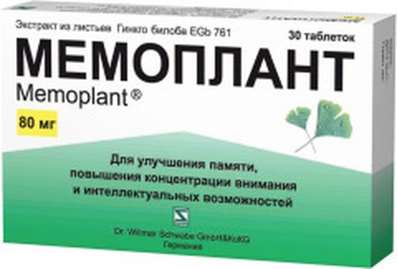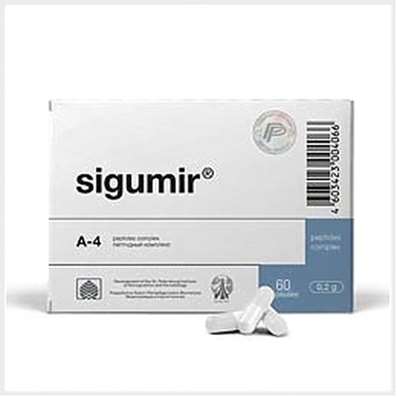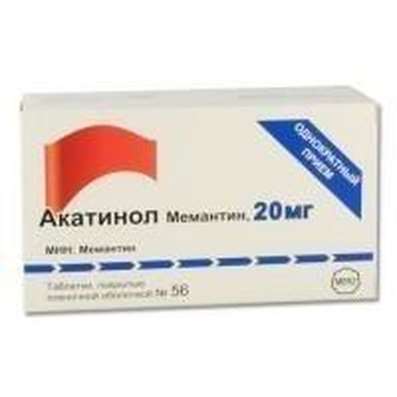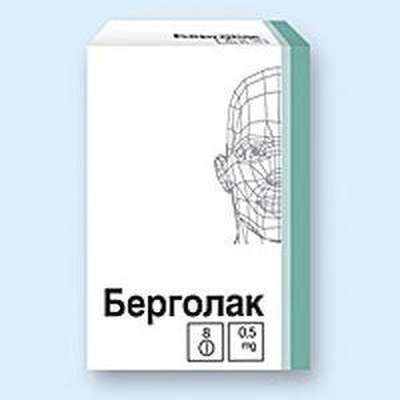Instruction for use: Dexpanthenol (Dexpanthenolum)
I want this, give me price
Pharmacological group
Vitamins and vitamin-like remedies
Regenerants and reparants
dermotropic means
Ophthalmic products
Nosological classification (ICD-10)
H16.0 Corneal ulcer
Allergic corneal ulcer, Erosion of the cornea, Regional ulcer, Purulent corneal ulcer,Corneal ulcer, Trophic ulcers of the cornea, Traumatic erosion of the cornea, Ulceration of the cornea, Keratitis with corneal ulceration, Ulcerative keratitis, Purulent corneal ulcers, Epithelial point keratitis, Ulceration of superficial corneal layers, Keratomalacia, Corneal ulcer, Recurrent erosions of the cornea, Recurrent ulcers of the cornea, Bacterial corneal ulcer, Septic ulcer of the cornea, Corneal edge ulcer
H16.9 Other specified keratitis
Vesicular keratitis, Deep keratitis without epithelial damage, Fungal keratitis, Diskovidny keratitis without damage to the epithelium of the cornea, Keratitis without epithelial defects, Inflammation of the cornea
H18.4 Degeneration of the cornea
Infiltration of the cornea, Secondary dystrophy of the cornea, Destruction of the cornea, Corneal Dystrophy, Keratitis with destruction of the cornea, Infringement of a trophism of a cornea, Violation of the integrity of the cornea, Violation of the integrity of the epithelium of the cornea, Primary corneal dystrophy, Dystrophic disease of the cornea
L02 Skin abscess, furuncle and carbuncle
Furuncle of external auditory canal, Furuncle of the auricle, Furuncles, Abscess, Abscess of skin, Carbuncle, Carbuncle skin, Furuncle, Skin furuncle, Furunculosis, Chronic recurrent furunculosis
L13.9 Bullous changes, unspecified
Bullous dermatitis
L22 Diaper dermatitis
Children's eczema, Diaper rash, Erythema from diapers
L25 Contact dermatitis, unspecified
Intertriginous dermatitis, Contact Eczema, Contact dermatitis, Contact dermatitis of non-microbial etiology, Contact dermatitis, Skin wetting surface, Fractures, Intertrigo,Skin Difficulty, Subacute and chronic contact dermatitis, Phlebotoderma, Simple contact dermatitis complicated by impetigo
L30.4 Erythematous intertrigo
Erythema of the buttocks, Dermatitis traumatic, Intertrigo, Interdigital intertrigo
L55 Sunburn
Solar burns
L89 Decubital ulcer
Decubital gangrene, Bedsores, Bedsore, Secondary-infected bedsores, Gangrene decubital
L98.4.2 * Trophic skin ulcer
Varicose ulcer, Varicose ulcers, Cutaneous ulcer, Non-healing ulcers, Trophic ulcer, Trophic ulcer of lower leg, Trophic skin lesions, Trophic after-burn ulcers, Trophic ulcers, Trophic skin ulcers, Ulcer of lower leg, Ulcer of skin, Ulcer of trophic skin, Ulcer on legs, Ulcerative necrosis of the skin, Ulcer of shin, Ulcer of the lower leg, Ulcers of lower extremities, Difficult healing ulcers
N64.0 Fissure and fistula of the nipple
Dryness and painful nipples cracking, Cracks in the nipples of nursing mothers, Cracks in the nipples of nursing women, Cracked nipples
R23.4 Skin structure changes
Cracks in the skin, Erosion, Postpone, Decreased skin elasticity, Violation of keratinization processes, Age-related skin changes, Cracks in the skin, Increased dryness of the skin
R23.8.0 * Dryness of the skin
Dry skin on large areas of the skin, Dryness of the skin in violation of the integrity of its covers, Dryness of the skin,Skin peeling
T14.0 Surface injury of unspecified body region
Abrasions, Scratch, Skin Wounds, Wounds of soft tissues, Hematoma, Hematoma of traumatic origin, Hematomas, Hematomas of muscles, Hematomas of soft tissues, Healing of the skin, Bruise, Bruising due to sprains and bruises, Microtrauma, External bruises, Small combing, Superficial hematoma, Superficial damage to the skin and mucous membranes, Subcutaneous hematoma, Post-traumatic hematoma, Post-traumatic disturbance of microcirculation, Skinness of the skin, Traumatic plexus lesions, Injury, Contusion of soft tissues, Joint bruise, Traumatic bruises, Traumatic injury, Primary treatment of surface contaminated wounds, Abrasion, Bruise
T14.1 Open wound of unspecified body region
Secondary healing processes, Sluggishly granulating wounds, Sluggishly healing wounds, Sluggish wounds, Deep Wounds, Purulent wound, Granulating wounds, Prolonged non-healing wound, Long-lasting non-healing wound and ulcer, Long-lasting non-healing soft tissue wound, Healing of wounds, Wound healing, Capillary bleeding from superficial wounds, Bleeding wound, Radiation Wounds, Slowly epithelializing wounds, Minor cuts, Suppurated wounds, Violation of wound healing processes, Breach of skin integrity, Violations of the integrity of the skin, Violations of the integrity of the skin, Small cuts, Uninfected wounds, Uncomplicated wounds, Operating wound, Primary treatment of surface contaminated wounds, Primary wound treatment,Primary-delayed treatment of wounds, Poorly cicatrizing wound, Poor wound healing, Bad wound, Superficial injury, Superficial wound with mild exudation,Wound, The wound is large, Bite wound, Wound process, Wounds, Wound healing wounds, Stump Wounds,Wounds for gunshot, Wounds with deep cavities,Difficult healing wounds, Difficult wounds, Chronic Wounds
T26 Thermal and chemical burns, limited to the area of the eye and its adnexa
Condition after thermal conjunctival burns, Condition after thermal burns of the cornea, Aseptic eye burn, Eye Burn, Thermal eye burns, Thermal damage to the cornea, Corneal burn, Irradiated eye burn, Chemical eye burn, Chemical burn of the cornea, Chemical damage of the cornea, Thermal burns of the conjunctiva, Thermal burns of the cornea, Thermal eye burn, Condition after surgical burns of conjunctiva, Condition after surgical burns of the cornea
T30 Thermal and chemical burns, unspecified
Pain syndrome with burns, Pain in burns, Pain with burns, Sluggishly healing post-burn wounds, Deep burns with a wet scab, Deep burns with abundant compartments, Deep burn, Laser burn, Burn, Burn of rectum and perineum, Burn with mild exudation, Burn disease, Burn injury, Superficial burn, Superficial burn of I and II degree, Superficial skin burns, After-burn trophic ulcer and wound, Post-burn complication, Loss of fluid in burns, Sepsis burn, Thermal burns, Thermal skin lesions, Thermal burn, Trophic after-burn ulcers, Chemical burn, Surgical burn
Z58 Problems related to physical factors of the environment
Atmospheric pollution, Meteopathy, Hypotensive reactions in case of weather changes, The impact of harmful environmental factors, Impact of unfavorable environmental factors, The impact of physical factors, Unfavorable action of the environment, Stay in adverse environmental conditions, Adverse effects on the body of environmental factors, Living in ecologically unfavorable areas, Work in environmentally unfavorable areas, Sharp change in climatic conditions, Hypersensitivity to weather changes
Z94.5 Presence of transplanted skin
Skin grafts, Skin Replacement, Badly healing skin graft, Poorly residing skin graft, Skin Transplantation, Fixation of skin grafts
Z97.3 Presence of glasses and contact lenses
Epithelial defect in patients with contact lenses, Discomfort when wearing hard and soft contact lenses, Wearing contact lenses, Irritation of the conjunctiva with contact lenses
Code CAS 81-13-0
Pharmacology
Pharmacological action - anti-inflammatory, dermatoprotective.
It replenishes the deficit of pantothenic acid, has an anti-inflammatory effect, stimulates regeneration processes. In the body it forms an active metabolite - pantothenic acid, which is a substrate (the only indispensable component) as a stimulator of the synthesis of coenzyme A; the latter catalyzes acylation in the body, participates in virtually all metabolic processes (the cycle of tricarboxylic acids, the exchange of carbohydrates, fats and fatty acids, phospholipids, proteins, etc.), provides the formation of corticosteroids, the acetylation of choline with the formation of acetylcholine.
When topical application is rapidly absorbed and converted to pantothenic acid, binds to plasma proteins (mainly with beta-globulin and albumin). Stimulates skin regeneration.
The eye gel has a high viscosity, which allows long-term contact of dexpanthenol with the epithelium of the cornea.
Application of Dexpanthenol
Dry skin, violation of the integrity of the skin, caused by mechanical, chemical, temperature factors: burns (including sun), scratches, abrasions, bullous dermatitis, abscess, furuncle, trophic ulcers of lower extremities, pressure ulcers, cracks, aseptic postoperative wounds, poorly engrafted skin grafts, erosion of the cervix, cracks and inflammation of the nipples of breast in nursing mothers, prevention and treatment of diaper rash, prevention and treatment of diaper dermatitis in young children. Erosion of the cornea, eye burns, keratitis of various etiologies, dystrophic diseases of the cornea, prevention of corneal damage when wearing contact lenses.
Contraindications
Hypersensitivity.
Side effects
Allergic reactions: urticaria, pruritus; for the eye gel (optional) - transient blurred vision, burning sensation, eye irritation.
Interaction
For additional local therapy, the interval between ocular gel and other drugs should be at least 5 minutes (the gel should be used last).
Routes of administration
Outer, conjunctival, intranasal.
Precautions for Dexpanthenol
Treatment of trophic ulcers and poorly healing skin grafts should be performed under the supervision of a physician.
During the treatment with eye gel is not recommended to wear soft contact lenses. If contact lenses are used, remove them before instillation and re-dress 15 minutes after instillation.

 Cart
Cart





